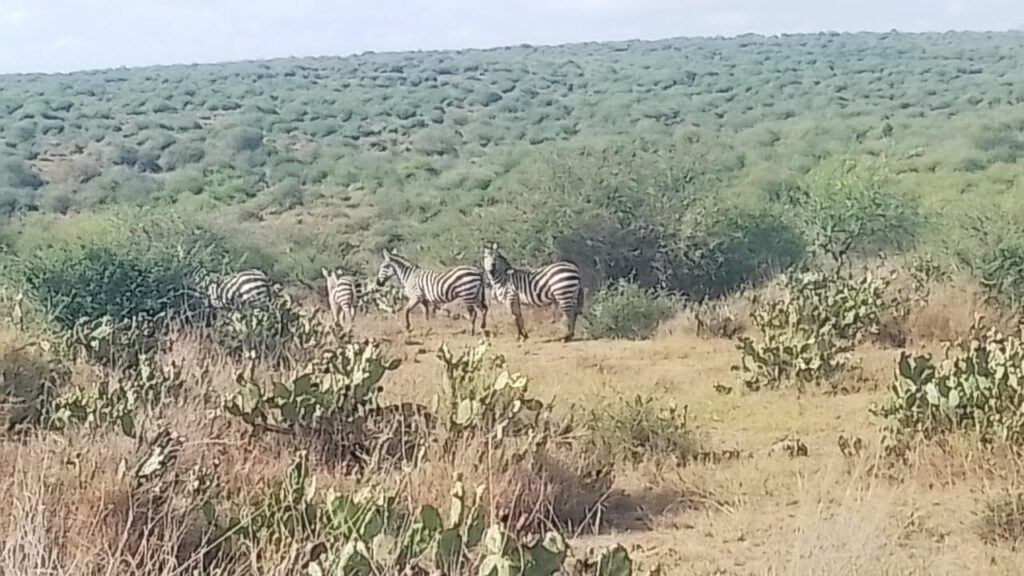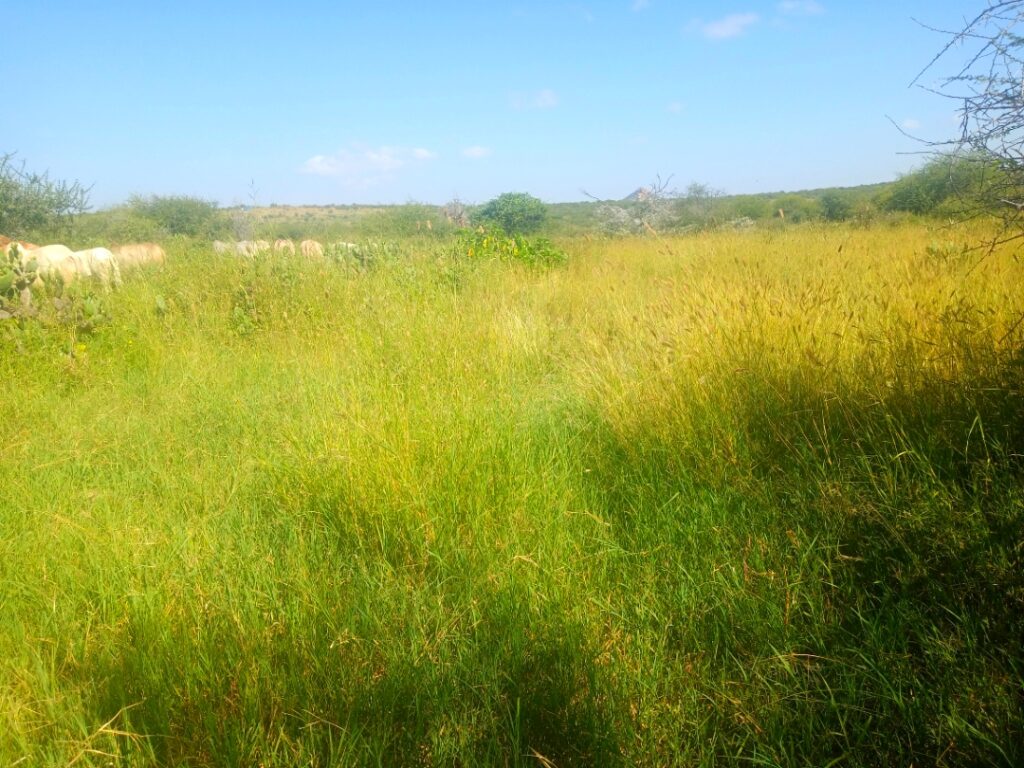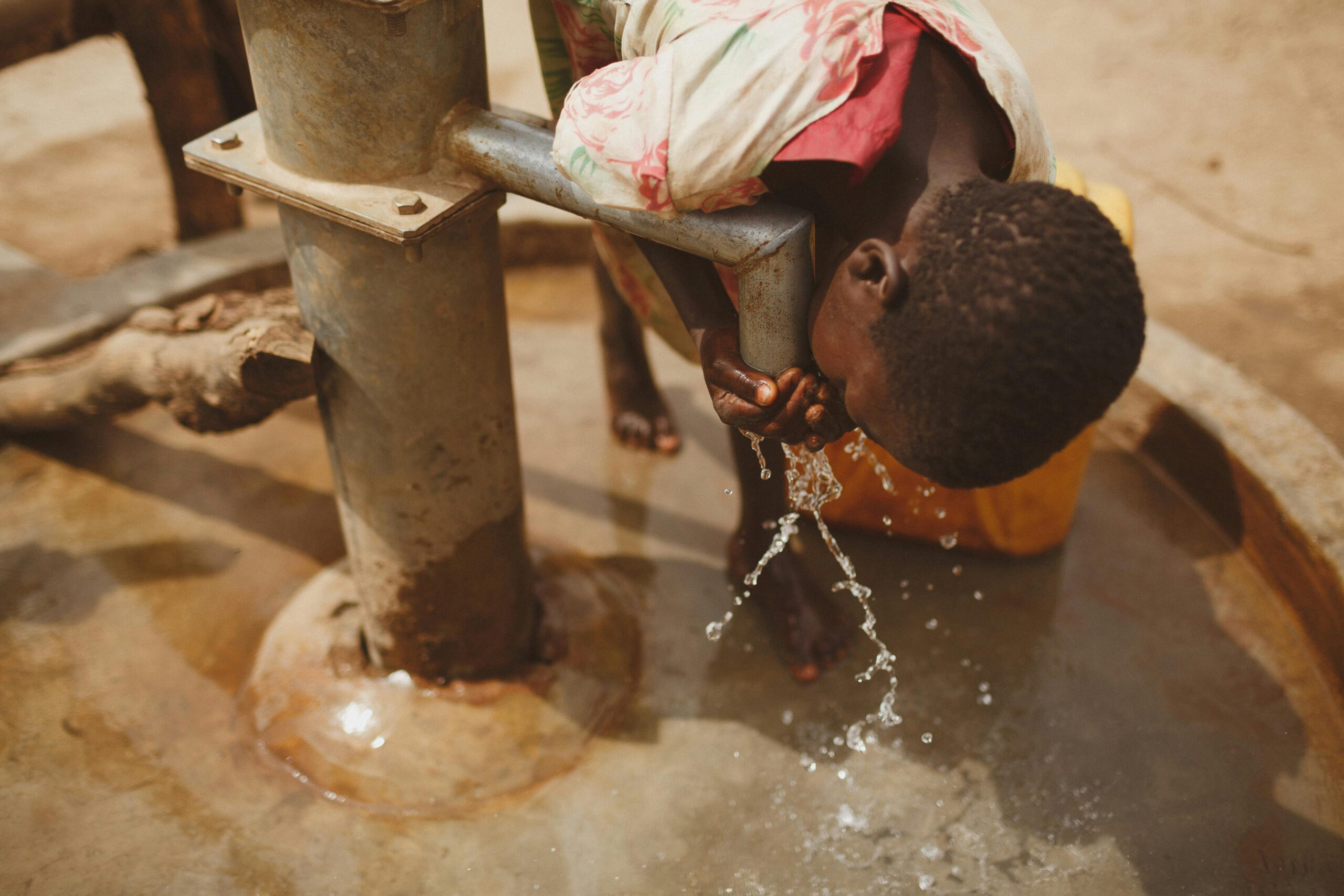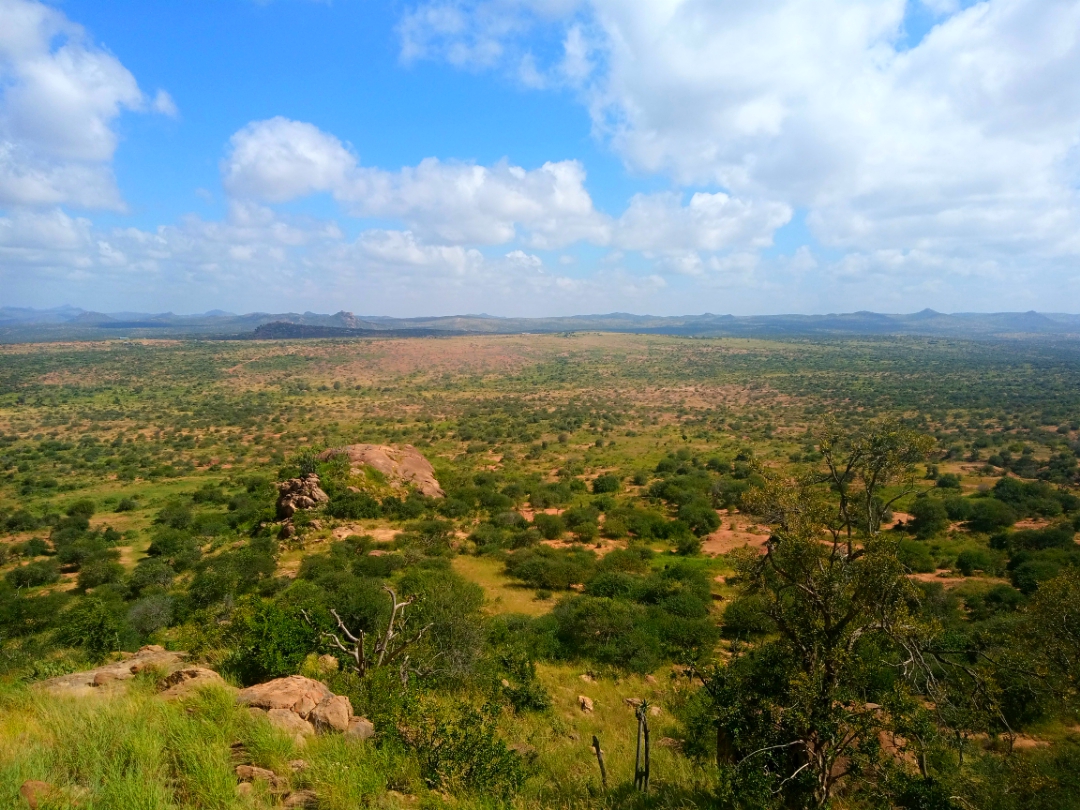Nareto Conservancy stands as a beacon of community-driven conservation. As outlined on our website at www.naretoconservancy.org, our mission revolves around protecting natural ecosystems, restoring degraded lands, and fostering sustainable livelihoods for local people. Central to this work is our reforestation program, which not only combats environmental degradation but also builds a lasting legacy for future generations. Through collaborative tree planting initiatives, we’re transforming barren landscapes into thriving habitats, one sapling at a time.
Community members and partners planting trees in a Kenyan conservancy, highlighting grassroots efforts in Laikipia.
Our Tree Planting Efforts: A Community Commitment
Nareto Conservancy’s reforestation activities are deeply rooted in community involvement. We organize seasonal planting drives where locals, volunteers, and partners come together to rehabilitate areas affected by overgrazing and erosion. These efforts are part of our broader environmental conservation strategy, which includes partnerships with government agencies and like-minded organizations to amplify our reach. As detailed on www.naretoconservancy.org, volunteers play a key role, participating in hands-on planting alongside cultural and educational activities that promote long-term stewardship. Over the years, we’ve planted thousands of trees across the conservancy, focusing on restoring wildlife corridors and water catchments to support both people and animals in this semi-arid region.

Species Chosen: Resilience in Every Root
Selecting the right tree species is crucial for success in Laikipia’s challenging environment. We prioritize native and indigenous varieties that are adapted to local conditions, ensuring higher survival rates and ecological benefits. Common choices include Croton megalocarpus, known for its drought tolerance and use in traditional medicine, as well as Dombeya torrida, which provides excellent shade and fodder. Acacia drepanolobium, a dominant species in the area’s uplands, helps stabilize soils and supports biodiversity. In some projects, we incorporate fruit-bearing trees like African plum to boost community nutrition and income. These selections draw from proven reforestation practices in similar Kenyan landscapes, such as those around Mount Kenya, where species like Meru oak and yellow wood have thrived. By focusing on diversity, we create resilient forests that mirror the natural ecosystem.
Facing the Challenges: Drought and Invasive Species
Reforestation in Northern Kenya isn’t without its hurdles. Drought poses one of the biggest threats, with erratic rainfall patterns and extended dry spells making it tough for young trees to establish roots. In Laikipia, where water scarcity is a constant reality, we combat this by timing plantings during wetter seasons and using water-efficient techniques like mulching. Invasive species add another layer of complexity; plants like opuntia stricta—locally called cactus plant—spread aggressively, outcompeting natives and turning productive land into thorny thickets. Lantana camara, another invader, drains soil moisture and hinders regeneration. Our approach involves manual removal campaigns and community training to prevent further spread, turning these challenges into opportunities for education and engagement. As noted on www.naretoconservancy.org, these efforts are vital to maintaining the balance between human needs and nature’s health.

The Impact Over Time: Building a Sustainable Legacy
The true value of our reforestation work unfolds gradually, but the results are profound. Over the past decade, planted areas have shown marked improvements in soil fertility and water retention, helping to mitigate the effects of both droughts and occasional floods. Biodiversity has rebounded, with more birds, insects, and wildlife returning to restored habitats. For communities, the benefits extend to better livelihoods, trees provide fodder for livestock, fruits for nutrition, and even medicinal resources. On a larger scale, these forests play a role in combating climate change by sequestering carbon and enhancing ecosystem resilience. As we continue monitoring progress, stories from locals highlight how these initiatives foster pride and sustainability, ensuring the land remains vibrant for generations. Visit www.naretoconservancy.org to learn more about our ongoing projects and how you can get involved.

At Nareto Conservancy, reforestation is more than planting trees, it’s about nurturing connections between people, land, and legacy. Together, we’re sowing the seeds of a greener, more resilient future.



